The Before I Die NM Virtual Festival generated some great news coverage, both leading up to and after the Festival.
Albuquerque Journal
 Adrian Gomez, the Arts & Features Editor, started the story this way:
Adrian Gomez, the Arts & Features Editor, started the story this way:
It’s been four years since Gail Rubin began to coordinate the Before I Die NM Festival.
This year, she’s taking it virtual and opening up more opportunities for people around the country.
“Going online has made it easier, in many ways,” she says. “I’ve been able to host people from across the country to widen the conversation.”
KNME-TV New Mexico in Focus
Correspondent Megan Kamerick interviewed Festival Coordinator Gail Rubin for this local PBS program which aired on October 23, 2020.
Please accept YouTube cookies to play this video. By accepting you will be accessing content from YouTube, a service provided by an external third party.
If you accept this notice, your choice will be saved and the page will refresh.
KRQE-TV Morning Show
This Morning Show interview aired on October 27, 2020.
https://www.krqe.com/news/albuquerque-metro/before-i-die-new-mexico-event-goes-virtual-this-year/
KRQE-TV News
After the Festival, reporter Francesca Washington interviewed Gail Rubin about the Festival session focused on the Office of the Medical Investigator (OMI). The story ran on Friday, November 13, 2020.
https://www.krqe.com/news/albuquerque-metro/death-educator-gives-inside-look-at-omi/
SantaFe.com Radio Interview
On a snowy October afternoon, Gail Rubin had a great conversation about the upcoming Festival with The Richard Eeds Show on October 26, 2020. Listen to the podcast:
New York Times Magazine article, How to Scatter Ashes
This tip article, How to Scatter Ashes, provides some helpful guidance:
“Keep your back to the wind,” says Gail Rubin, a death educator in Albuquerque. You want the ashes to disperse out onto the land or water rather than blow back in your face. If you’re unsure of the wind direction, throw a pinch of dirt or sand into the air first and watch which way it goes. The average cremated adult will produce about five pounds of pulverized bone fragments, a coarse powder that is sterile and safe to touch, even if the person died of a communicable disease. Try to scatter, not dump. “It helps to have a trowel or a spoon or ladle or something to scoop with,” Rubin says.
